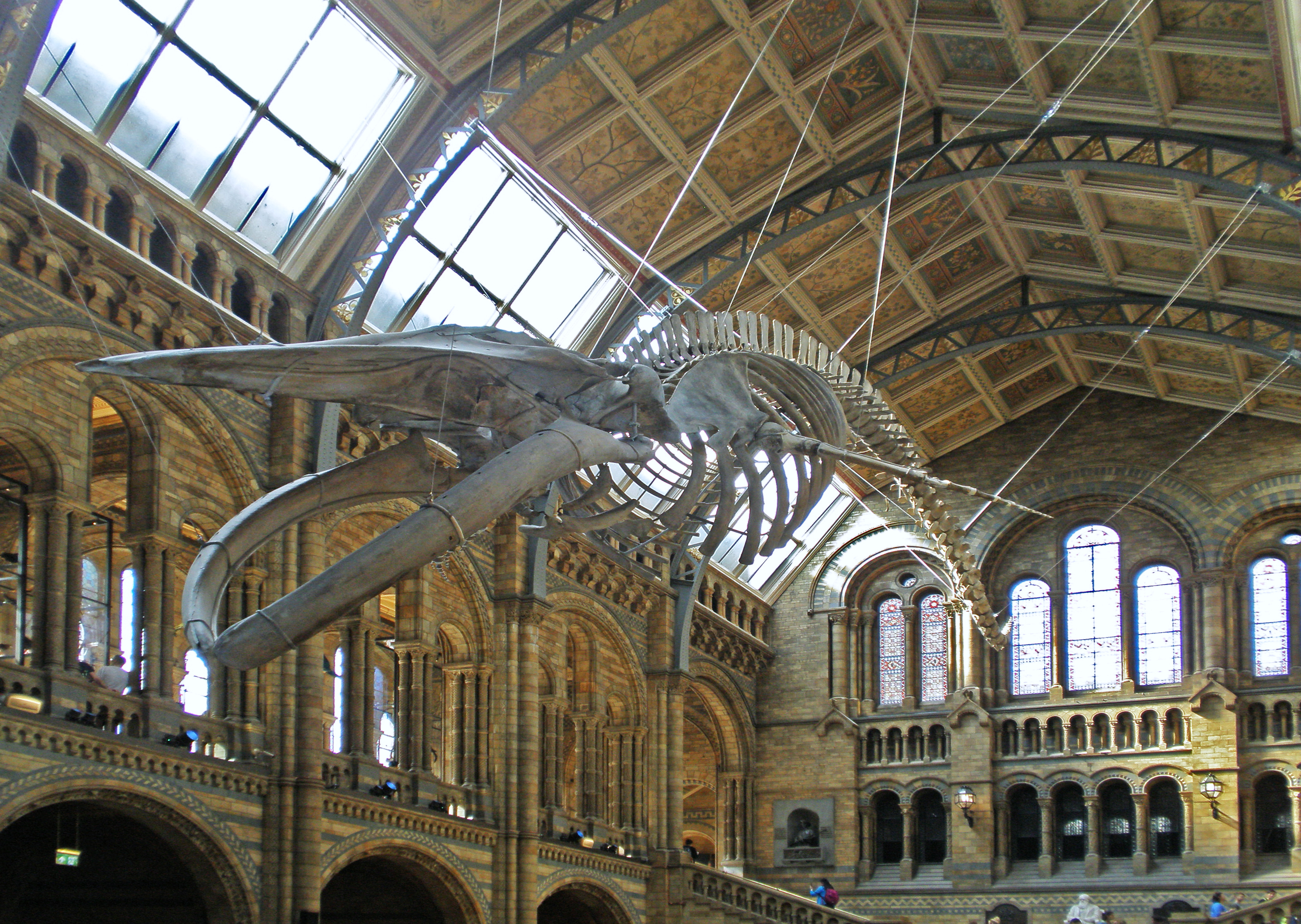Why did blue whales get so big when their prey is teeny tiny?
When the food source is abundant, animals with bigger mouths can consume more calories.
NOAA Photo Library via Flickr
When we think of large animals, whales immediately come to mind. Whales come in all sizes, though. Why aren’t dolphins and orcas (which are technically toothed whales) as large as blue whales? And how come blue whales, the largest of all animals, survive on the tiniest of prey items, such as krill? A new study published in Science explores these questions.

Amanda Slater via Flickr
Being so large could help whales dive deeper and for longer, which could be good for finding large prey. Yet, for toothed whales, such as sperm whales and porpoises, such large prey is rare and hard to find. This means that, although larger toothed whales can dive deeper, their prey/dive ratio is smaller than that of smaller whales. For baleen, filtering whales, however, the story is different. There is plenty of krill in the ocean. One of the main constraints to eating, for baleen whales, is to open their mouths wide enough to swallow massive amounts of krill-containing water. And guess who has bigger mouths? Bigger baleen whales.
For baleen whales, feeding efficiency increases with mouth size, which in turn increases with large body sizes. Huge baleen whales can swallow more calories per dive than their smaller cousins. Why aren’t blue whales even bigger, then? Scientists think that it is probably due to seasonal shortages in krill density. During dry spells, fat energy storages would probably not be enough to sustain an even bigger whale.
For toothed whales, on the other hand, being very large is not really an advantage, since there are very few large prey to be found in the ocean. It’s more energetically advantageous for these toothed predators to be medium size and eat medium size prey, than to dive long and deep searching for an elusive large meal.





















